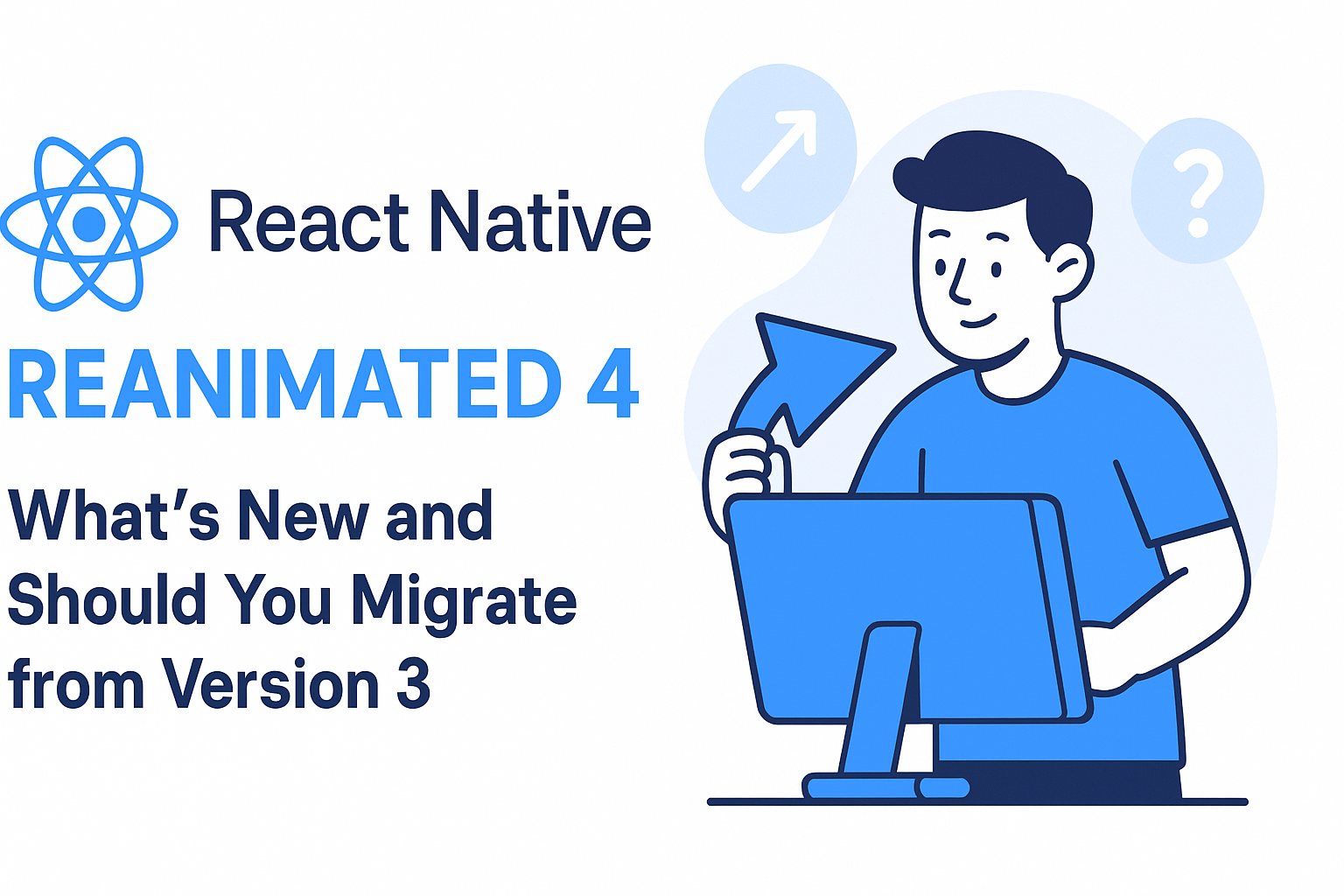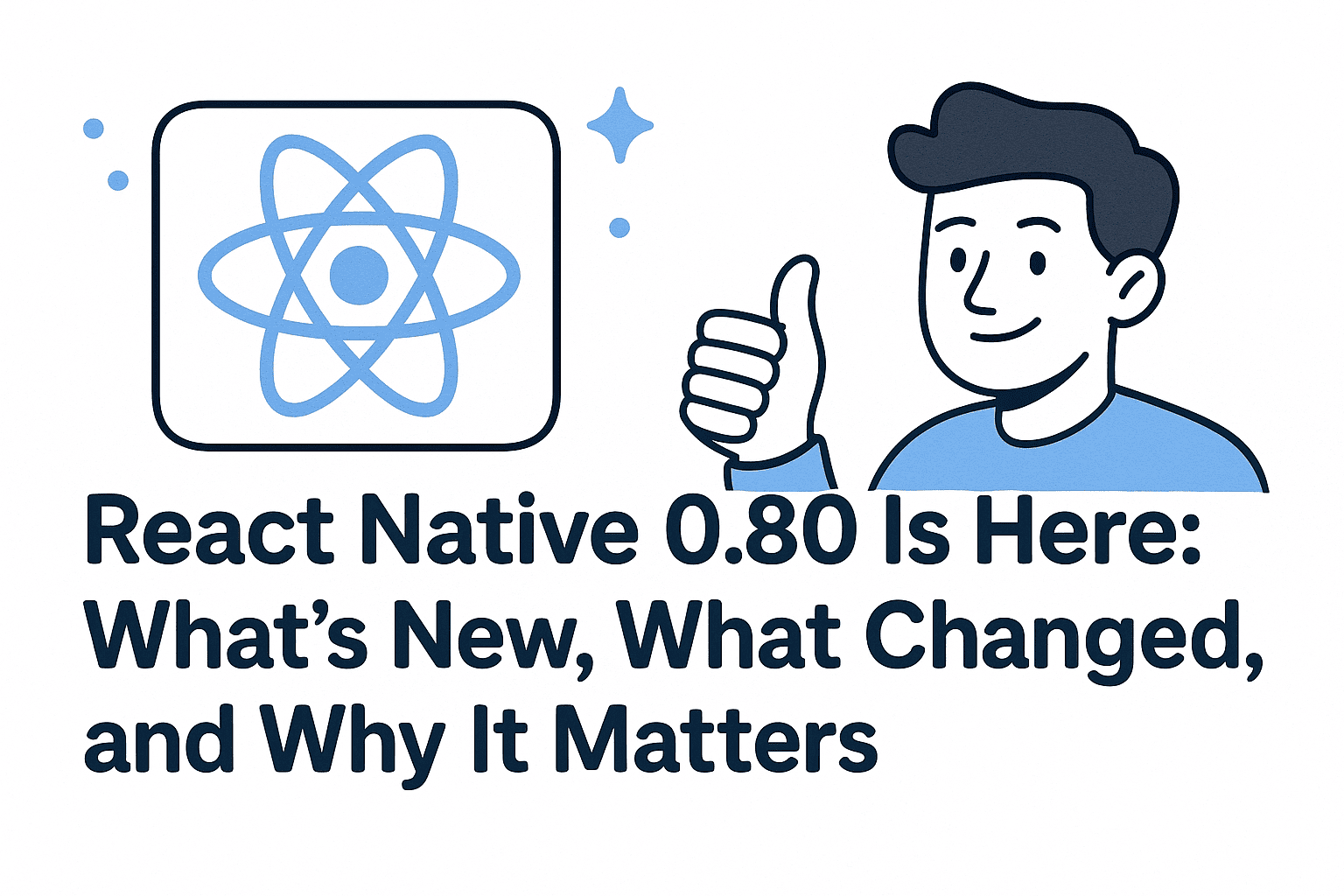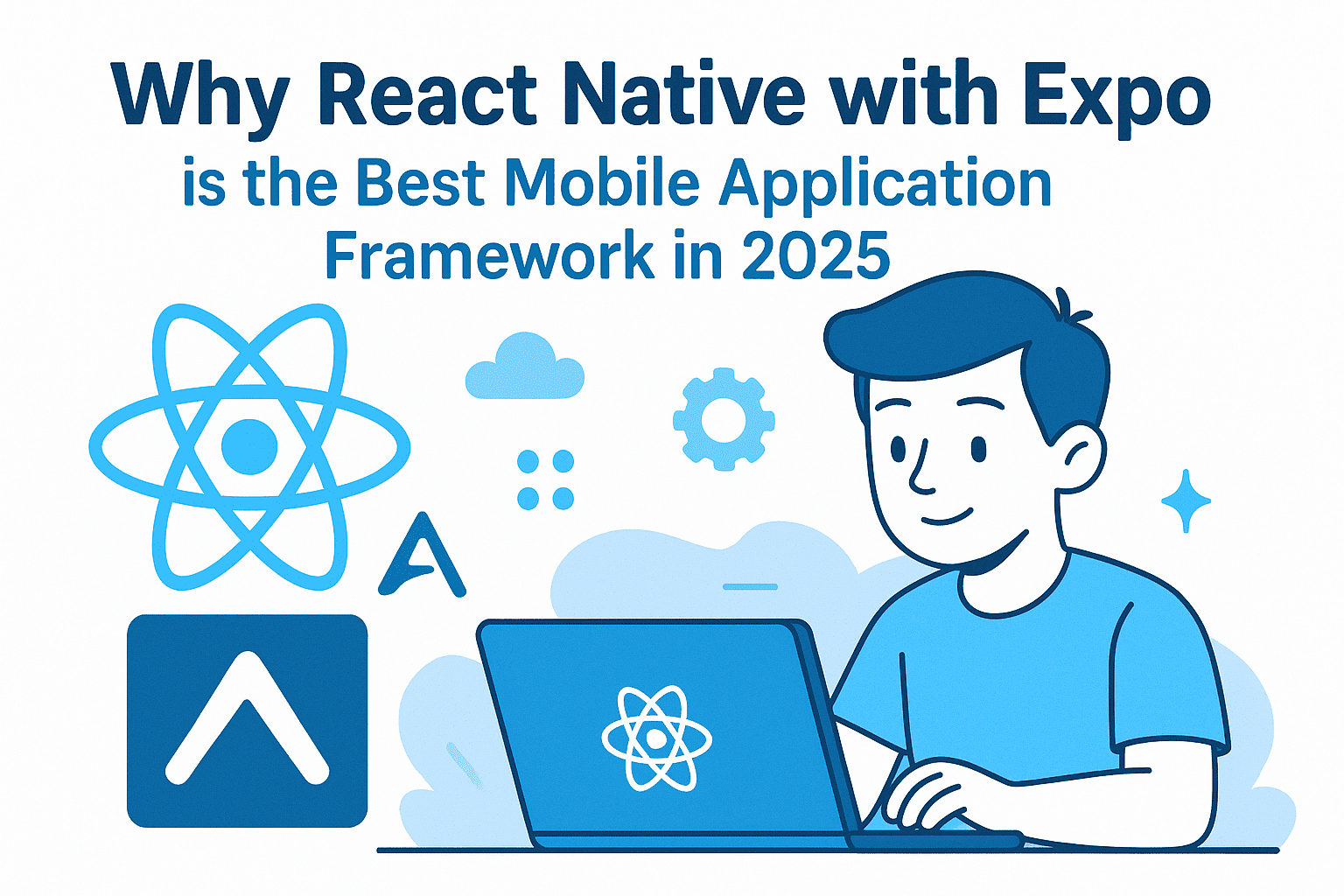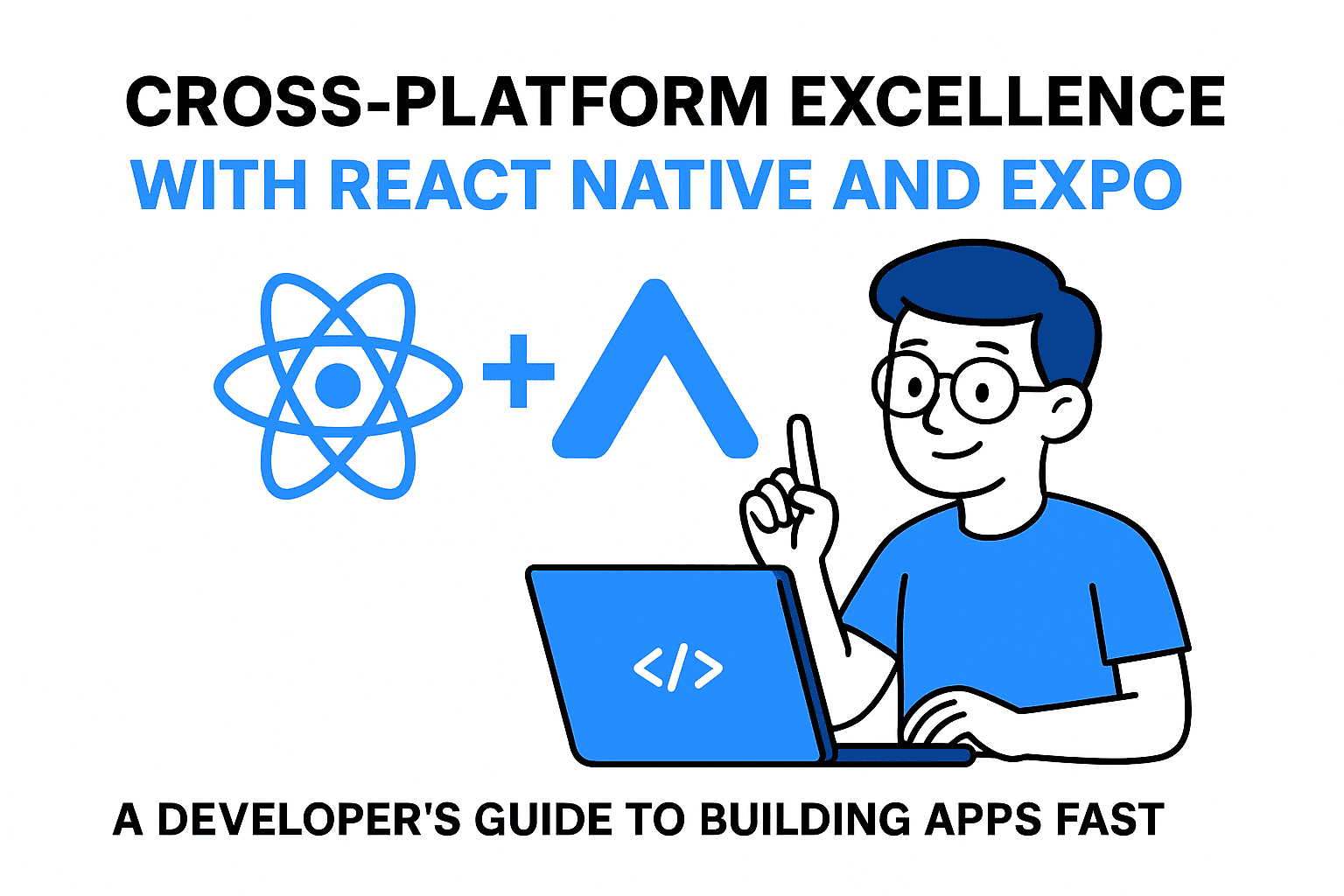React Native Reanimated has long been the go-to library for building smooth, performant animations in React Native apps. With the release of React Native Reanimated 4, developers are asking: what’s new and is it worth migrating from version 3?
In this article, we’ll break down the latest features, improvements, and migration considerations so you can make an informed decision.
🚀 What’s New in React Native Reanimated 4?
Reanimated 4 builds upon the powerful foundations of Reanimated 3 but introduces new improvements in performance, developer experience, and compatibility. Here are the highlights:
1. Improved Performance on Fabric
Reanimated 4 introduces optimizations for React Native’s Fabric architecture, ensuring animations remain smooth even with concurrent rendering. This is especially important as Fabric becomes the default renderer in React Native.
2. Simplified Worklets and Syntax
While Reanimated 3 made worklets easier, version 4 goes further with:
- Cleaner syntax for shared values and animations.
- Less boilerplate when writing animated components.
- Improved TypeScript support, making development smoother.
3. Better Gesture Handling
Gestures are now more responsive and reliable. Reanimated 4 integrates more tightly with libraries like react-native-gesture-handler, reducing lag and improving touch responsiveness.
4. Reduced Bundle Size
The core library has been optimized, which means smaller app bundles and faster startup times.
5. Future-Proof with React Native
Reanimated 4 is designed to align with the future of React Native. If you’re planning long-term app maintenance, adopting version 4 ensures compatibility with upcoming React Native releases.
🔄 Should You Migrate from Reanimated 3 to 4?
If you’re already using Reanimated 3, the big question is: do you need to migrate right now?
Here are some key considerations:
✅ Reasons to Migrate
- You want better performance on Fabric and concurrent rendering.
- Your app relies heavily on gestures and interactions.
- You prefer cleaner TypeScript support and simpler APIs.
- You’re building a new project or planning a long-term upgrade path.
⚠️ Reasons to Stay on Reanimated 3 (for now)
- Your app is stable and doesn’t require Fabric optimizations yet.
- You have a large codebase and migration effort would be significant.
- Your current animations perform well and meet your needs.
📦 Migration Tips
If you decide to migrate from Reanimated 3 to 4: 1. Read the official migration guide – The Reanimated team provides documentation to make the upgrade smoother. 2. Test on Fabric early – Since Fabric is the future, testing your animations on it ensures forward compatibility. 3. Update dependencies – Make sure your react-native-gesture-handler and other related libraries are updated. 4. Incremental migration – Start with small features before refactoring your entire animation system.
🔮 The Future of React Native Animations
Reanimated 4 represents a step forward in making animations more reliable, performant, and future-ready. If you’re starting a new project or want to keep up with React Native’s evolution, upgrading is highly recommended.
However, if your app is stable with Reanimated 3, you can hold off on migrating until Fabric adoption becomes more widespread.
📝 Conclusion
- Reanimated 4 brings Fabric support, performance boosts, simplified APIs, and better gesture handling.
- Migration is recommended for new projects or if you need top performance and future compatibility.
- If your app is stable with Reanimated 3, migration is not urgent, but keep it on your roadmap.
By staying up to date with React Native Reanimated, you’ll ensure your app delivers the best possible animation experience for users.
🤝 Need a Custom RSVP System or Dashboard?
I help businesses build tools that actually work — even on tight deadlines.
Whether you're planning an event, need internal tools, or want a custom dashboard for your team — I can help.
Reach out
📧 Email: safi.abdulkader@gmail.com | 💻 LinkedIn: @abdulkader-safi | 📱 Instagram: @abdulkader.safi | 🏢 DSRPT
Drop me a line, I’m always happy to collaborate! 🚀



